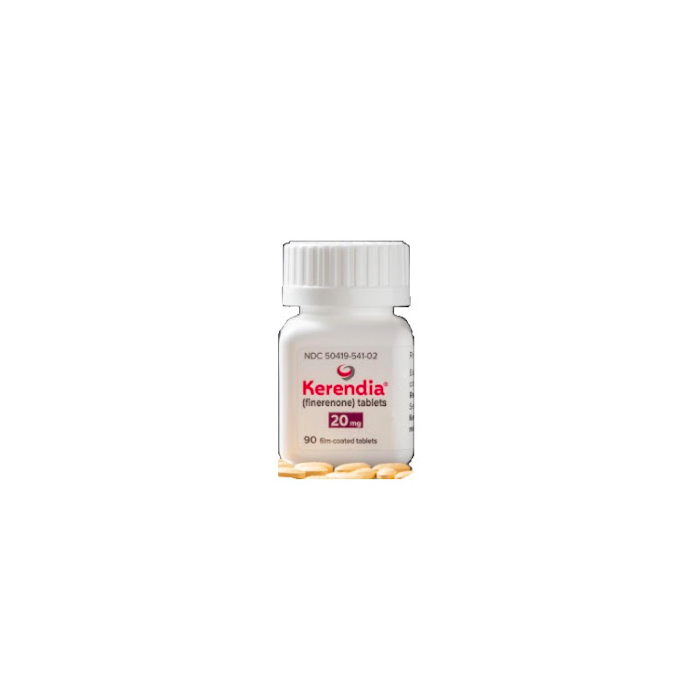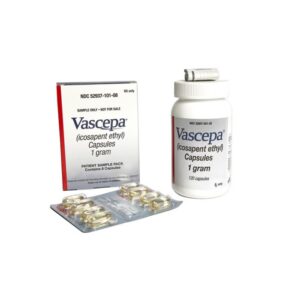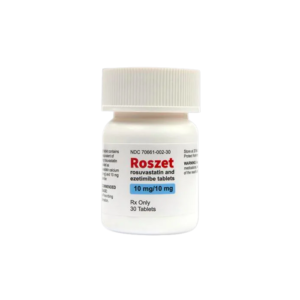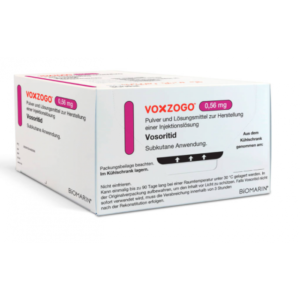Kerendia (finerenone) for sale – Buy Kerendia (finerenone) online
What is Kerendia (finerenone) for?
Kerendia (finerenone) is a nonsteroidal mineralocorticoid receptor antagonist, or MRA, used to treat adults with chronic kidney disease (CKD) associated with type 2 diabetes (T2D) to reduce the risk of:[1]
- Worsening of kidney disease
- End-stage kidney disease (ESKD)
- Death due to cardiovascular disease
- Heart attack
- Hospitalization for heart failure
It is available in tablet form containing 10 mg or 20 mg of finerenone.[1]
How does Kerendia (finerenone) work?
The active ingredient in Kerendia, finerenone, is an inhibitor of the mineralocorticoid receptor (MR). Overactivation of the MR is thought to contribute to kidney and heart diseases, including CKD and diabetes, through inflammation and fibrosis that lead to progressive kidney and cardiovascular dysfunction.[2]
Where has Kerendia (finerenone) been approved?
Kerendia (finerenone) was approved for the treatment of people with diabetic kidney and heart disease by:
- The Food and Drug Administration (FDA), USA on July 9, 2021.[3]
FDA granted Kerendia (finerenone) Priority Review and Fast Track designations for this application.[3]
Please note that this medicine may have also been approved in other regions than the ones we’ve listed. If you have a question about its approval in a specific country feel free to contact our support team.
How is Kerendia (finerenone) taken?
The standard dosage is:[1]
- 10 mg or 20 mg tablets taken orally once daily. Dosage is based on estimated glomerular filtration rate (eGFR) and serum potassium measures.
- The dosage should be increased after 4 weeks to the target dose of 20 mg once daily, based on eGFR and serum potassium levels.
The tablets may be taken with or without food.[1]
Warning: do not take this medicine if you:[1]
- Have problems with your adrenal glands (adrenal insufficiency)
- Take certain medications called CYP3A4 inhibitors.
Complete information about Kerendia (finerenone) dosage (adjustment) and administration can be found in the official prescribing information listed in our references section.[1]
Note: Please consult with your treating doctor for personalised dosing.
Are there any known adverse reactions or side effects of Kerendia (finerenone)?
Common adverse reactions
The most common side effects (≥1% of patients) listed in the prescribing information include:[1]
- Hyperkalemia (elevated potassium levels in your blood)
- Hypotension (reduced blood pressure)
- Hyponatremia (reduced sodium level in your blood)
Serious adverse reactions
The serious adverse reactions listed in the prescribing information include:[1]
- Hyperkalemia
Use in a specific population
It is not known what the effects of Kerendia (finerenone) are on an unborn fetus. It is advised to avoid pregnancy and breastfeeding during treatment.[1]
For a comprehensive list of side effects and adverse reactions please refer to the official prescribing information.[1]
References
1. Full prescribing information [FDA]: Kerendia (finerenone) [PDF]
Bayer, Jul 2021
2. Effect of Finerenone on Chronic Kidney Disease Outcomes in Type 2 Diabetes
Bakris GL, et al., NEJM, Dec 2020
3. FDA Approves Drug to Reduce Risk of Serious Kidney and Heart Complications in Adults with Chronic Kidney Disease Associated with Type 2 Diabetes
FDA, Jul 2021






Reviews
There are no reviews yet.